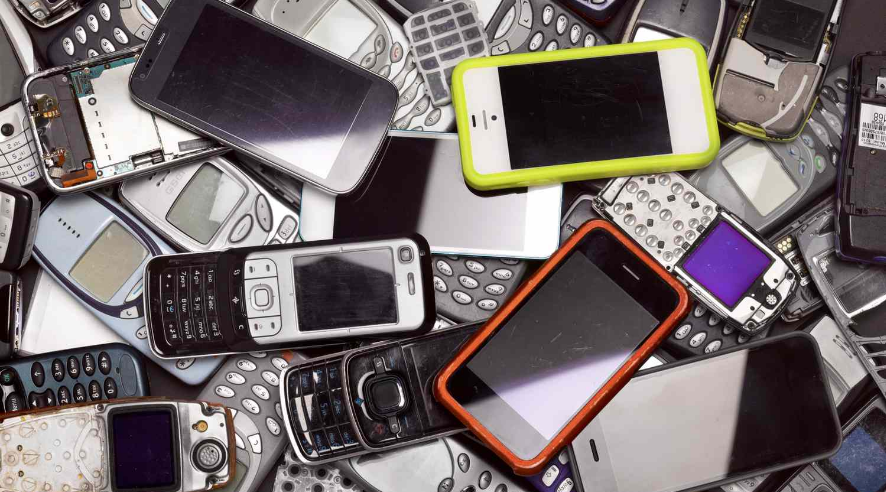The Evolution of Cell Phones: From Bricks to Smart Devices
- 12 December 2022

Cell phones have come a long way since the first mobile phone was introduced in 1973. What once started as a device that was large, heavy and only used for making calls, has now become a smart device that has changed the way we live and communicate. Today, cell phones have become an essential part of our daily lives, and the industry has continued to grow and evolve.
In the early days, cell phones were commonly referred to as “bricks” due to their large size and weight. The first mobile phone, the Motorola DynaTAC, weighed 2.5 pounds and had a battery life of only 30 minutes. These early cell phones were mainly used by business people who needed to stay connected while on the go.
However, with the introduction of the first flip phone, the Motorola StarTAC, cell phones started to become more compact and easier to carry around. The flip phone design was a game changer as it allowed people to make calls and send messages more easily.
The introduction of the smartphone in the late 1990s marked a major turning point for the cell phone industry. With the ability to access the internet, send and receive emails, take photos and videos, and run a variety of apps, smartphones became more than just a device for communication. They became a multi-functional tool that people could use for work, entertainment and staying connected with friends and family.
Today, cell phones have advanced to become even more sophisticated and versatile. With features like virtual assistants, facial recognition, and augmented reality, cell phones have become a hub of technology that can help us stay connected and productive. The latest smartphones are also equipped with high-quality cameras and stunning displays, making them a great tool for capturing and sharing memories.
In conclusion, the evolution of cell phones from “bricks” to smart devices has been a remarkable journey. The industry has come a long way in terms of size, functionality and design, and it is exciting to think about what the future holds for this technology. With advancements in artificial intelligence, 5G networks, and wearable technology, it is clear that cell phones will continue to play a major role in our lives.




